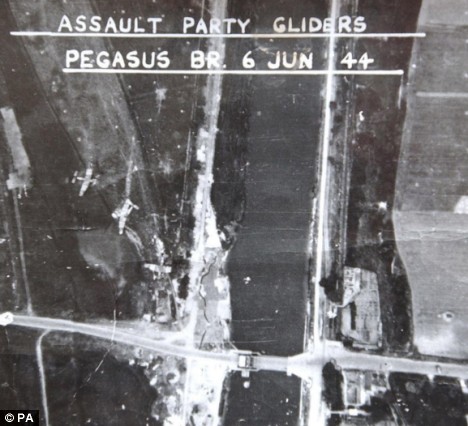We use cookies to help you navigate efficiently and perform certain functions. You will find detailed information about all cookies under each consent category below.
The cookies that are categorized as "Necessary" are stored on your browser as they are essential for enabling the basic functionalities of the site. ...
Necessary cookies are required to enable the basic features of this site, such as providing secure log-in or adjusting your consent preferences. These cookies do not store any personally identifiable data.
Functional cookies help perform certain functionalities like sharing the content of the website on social media platforms, collecting feedback, and other third-party features.
Analytical cookies are used to understand how visitors interact with the website. These cookies help provide information on metrics such as the number of visitors, bounce rate, traffic source, etc.
Performance cookies are used to understand and analyze the key performance indexes of the website which helps in delivering a better user experience for the visitors.
Advertisement cookies are used to provide visitors with customized advertisements based on the pages you visited previously and to analyze the effectiveness of the ad campaigns.


Join us for a talk at the museum with Lt. Colonel (Retired) Ingram Murray, father of comedian and historian Al Murray. Proceeds from ticket sales of this event directly support both ABF: The Soldiers Charity and Soldiers of Oxfordshire Trust.
Landing in the six gliders with the Oxfordshire and Buckinghamshire Light Infantry early in the morning of D Day the 6th of June 1944 a platoon of Royal Engineers was the spearpoint of a massive engineer effort to ensure the British forces landing on the beaches could cross the Orne Canal and the River Orne, and then break out towards the east. Linking with engineers landing on the first tide on the morning of D Day, the glider-borne Sappers made sure the two vital bridges at Bénouville and Ranville were ready for taking tanks.
Rafting equipment came down in other gliders in case the two vital crossings were out of action, while airborne bulldozers cleared the obstacles from the big landing zones ready for mass landings later in the day.
The air photo taken shortly after D Day of the two famous bridges captured by the Oxfordshire and Buckinghamshire Light Infantry shows one of the special floating Bailey bridges next to the Orne River swing bridge built by the Sappers to provide extra capacity for the breakout from the beachhead.
HTML Sitemap - XML Sitemap - Privacy Policy - Cookies - Website supported by Technique Web
Notifications